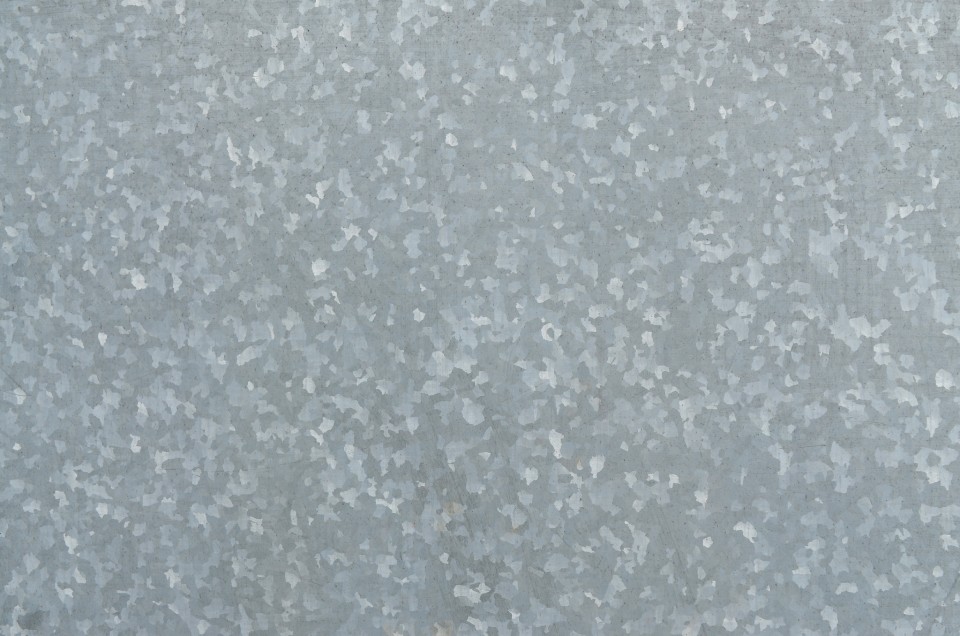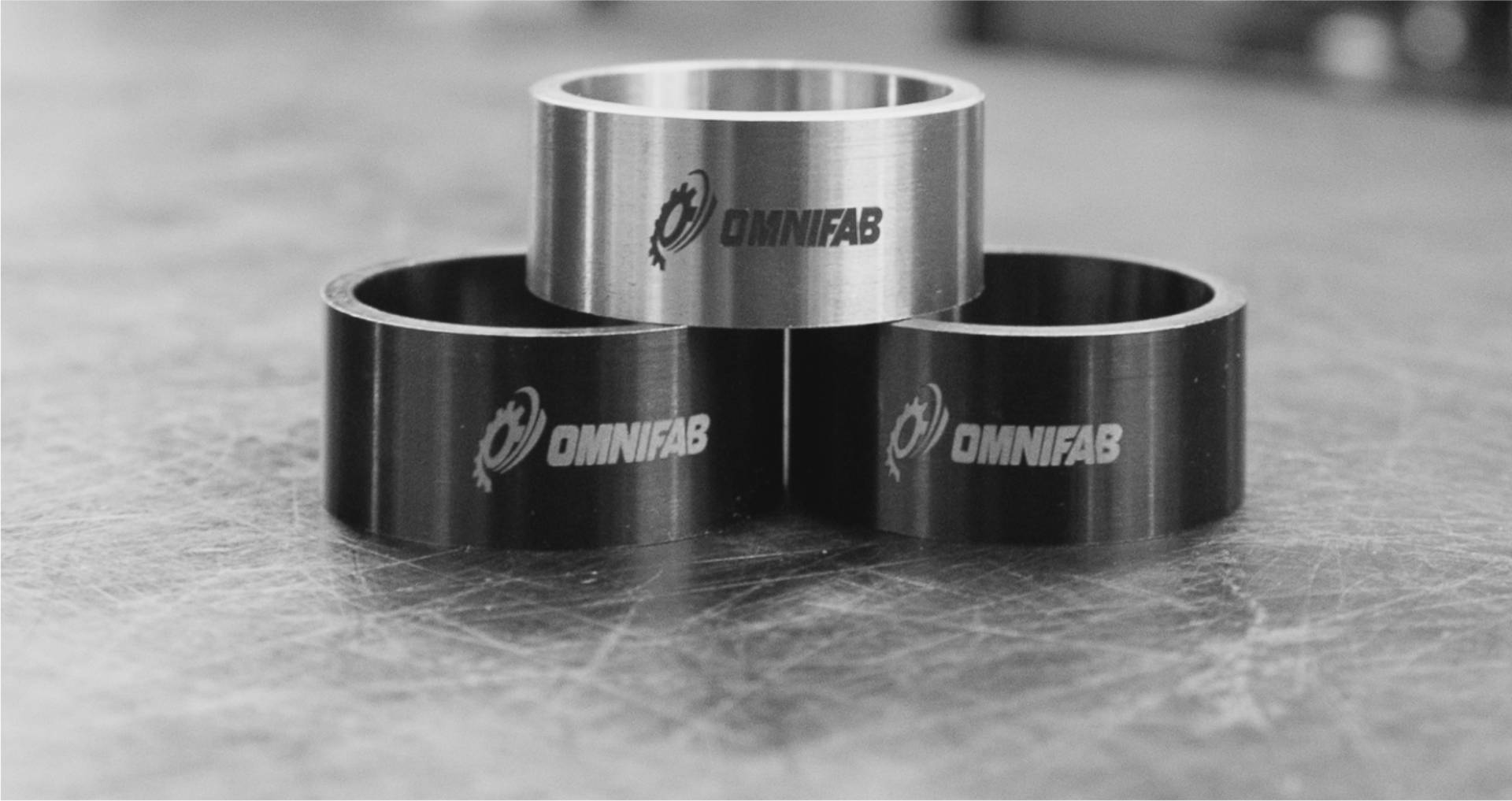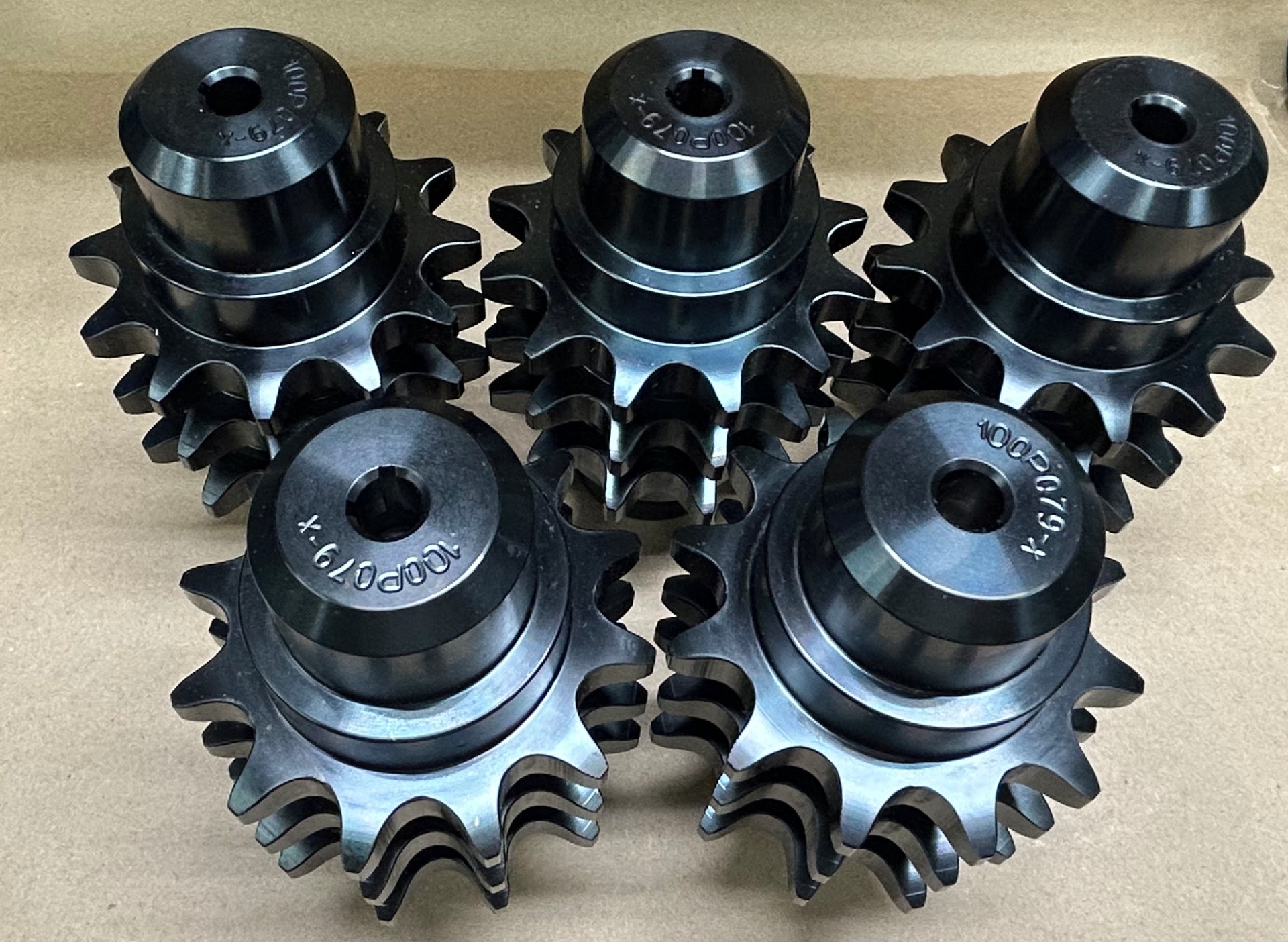There are several surface treatments that have the potential to increase the durability of metal parts. Among the most widely used in the industrial sector are black oxide and galvanizing.
If you’re trying to decide between these two finishes for your parts or components, this article will guide you!
In the paragraphs that follow, our specialists will tell you everything you need to know about these two treatments, so you can find out which one is best suited for your project.
Black Oxide Definition
Black oxide, also known as chemical burnishing, blackening, or black oxidation, is defined as a chemical process used to treat the surface of metals, providing protection against corrosion and enhancing their aesthetic appearance.
This treatment produces a surface layer of protective iron oxides on the metal, typically black or brown in color.
Metals Compatible with Black Oxide
Black oxide finishing is suitable for the following metals:
- Standard steel
- Low-alloy steels
- Copper
- Copper-based alloys
- Wrought iron
- Cast iron
- Malleable iron
Examples of Black Oxide Treated Parts
Black oxide treatment is commonly used to coat the surface of parts such as:
- Firearms
- Machine tools
- Mechanical parts
- Machined parts
- Screws, bolts, springs, etc.
The Black Oxide Treatment Process
Here’s how a black oxide treatment is generally performed on a part:
- Degreasing: The surface of the part is cleaned to remove any grease, oil, or dirt.
- Pretreatment: Some processes may involve pre-treatment, such as acid pickling, to remove any contaminants.
- Immersion in a burnishing solution: The part is immersed in a special chemical solution, which may contain compounds such as copper salts, selenium salts, or other chemicals.
- Chemical reaction: The chemical reaction between the metal and the solution causes a protective oxide layer to form on the metal surface.
- Washing and drying: After the reaction, the part is washed to remove any residual chemical solution and then dried.
- Quality control: The treated part is inspected to determine if the result meets standards.
Advantages and Disadvantages of Black Oxide
Advantages:
- No effect on part hardness
- Does not change the dimensions of treated parts
- Treated parts can be welded without producing harmful fumes
- Produces an easy-to-clean surface
- Can improve electrical conductivity
Disadvantages
- To ensure superior corrosion protection, it must be combined with an oil or wax treatment.
- You must work under ideal conditions to obtain consistent, high-quality results (variations in temperature, solution concentration and immersion time can have a significant effect).
Looking for a black oxide supplier? Contact us now!
Galvanization Definition
Galvanizing is the process of coating metal with a thin layer of zinc to protect it from corrosion and extend its durability. It takes its name from its inventor, the Italian physicist Luigi Galvani (1737-1798).
Hot-Dip or Cold-Dip Galvanizing?
Hot-dip galvanizing involves immersing the part to be treated in a bath of molten zinc (at approximately 450 degrees Celsius), which chemically bonds to the metal surface. This process generally produces a thicker layer of zinc than cold-dip galvanizing. This results in more robust corrosion protection and greater mechanical resistance.
In cold galvanizing, zinc is applied to the surface of the base metal at room temperature, often by immersion in a zinc solution or by electroplating. Cold galvanizing has a smoother appearance and brighter color compared to hot-dip galvanizing.
Metals Compatible with Galvanizing
The following ferrous metals are suitable for galvanizing:
- Iron
- Carbon steel
- Certain steel alloys
Examples of Commonly Galvanized Parts
Here are just a few examples of parts that are frequently galvanized:
- Fences, railings, guardrails and handrails
- Metal structures (beams, columns, supports, etc.)
- Steel pipes (ventilation and plumbing pipes, etc.)
- Automotive parts
- Agricultural equipment
- Marine and nautical equipment
- Window and door frames
Galvanizing Treatment Processes
- Surface preparation: The surface of the object is cleaned to remove grease, dirt, and other impurities.
- Immersion in zinc bath: The object is dipped in a bath of molten zinc (hot-dip galvanizing) or a solution containing zinc compounds (cold-dip galvanizing).
- Formation of zinc layer: When the object is removed from the zinc bath, the zinc layer reacts with oxygen in the air to form an outer layer of zinc oxide.
- Quality control: The galvanized part is inspected to ensure that the result meets standards.
Advantages and Disadvantages of Galvanizing
Advantages:
- Excellent corrosion protection (zinc acts as a sacrificial element that corrodes instead of the base metal)
- Galvanizing provides uniform protection on all surfaces of the item, including hard-to-reach areas.
- Galvanized items have a longer lifespan due to their resistance to corrosion, making them ideal for harsh outdoor environments.
- The galvanizing process is relatively simple and can be applied to a wide variety of shapes and sizes of metal objects (sheets, beams, corners, etc.).
- Produces an easy-to-clean, low-maintenance surface.
Disadvantages:
- Galvanizing has a significant effect on the dimensions of the treated parts. The zinc layer is thick, making it unsuitable for machined or precision parts.
- Galvanizing often requires post-treatment as it closes bolt holes or small openings with mechanical functions.
- Galvanized steel is not easily painted.
- The protective zinc coating can be sensitive to acids, alkalis and chlorides.
- Under certain conditions (prolonged exposure to moisture), a white powdery substance called white rust may form on the surface. If this occurs, periodic cleaning and additional applications of protective coatings will be required to maintain corrosion resistance.
Choosing Between Black Oxide and Galvanizing: Factors to Consider
The choice between black oxide and galvanizing depends on several factors specific to your needs. Here are some key elements to consider:
- The level of corrosion protection required:
- Galvanizing provides superior corrosion protection by forming a protective layer of zinc on the metal surface.
- Black oxidation, on the other hand, provides good corrosion protection when combined with an oil or wax treatment.
- Aesthetics:
- Black oxide produces a black or dark gray finish.
- Galvanizing gives a shiny metallic appearance with a silver tint.
- Scratch and abrasion resistance:
- Galvanizing provides excellent scratch and abrasion resistance thanks to the hardened zinc layer.
- Black oxidizing may be slightly less resistant to scratch and abrasion.
- Cost:
- Galvanizing can be more expensive due to the process involved.
- Black oxidizing may offer a more economical solution.
- Specific Applications:
- Galvanizing is commonly used for parts that will be exposed to weathering or highly corrosive environments.
- Black oxide is often preferred for parts that will be used indoors.
- The metal to be treated:
- It’s essential to determine which surface treatment is compatible with your type of metal.
- The size of the part to be treated:
- Galvanizing works well for large parts, while black oxidation is best suited for small or medium-sized components.
For Your Black Oxide Needs, Trust Omnifab
In conclusion, if you’re unsure whether to choose between black oxide and galvanizing, it’s important to have a good understanding of each of these surface treatments to make an informed decision.
You can also consult an expert for guidance. Feel free to contact our team and they will give you a clear, straightforward answer.
And if you decide to go with black oxidation and need a fast, professional black oxide coating service, we’ve got you covered!





